

Ottoman Cuisine A Rich Culinary Tradition M. mr Akkor
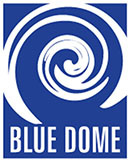
New Jersey Copyright 2014 by Blue Dome Press 17 16 15 14 / 1 2 3 4 All rights reserved. No part of this book may be reproduced or transmitted in any form or by any means, electronic or mechanical, including photocopying, recording or by any information storage and retrieval system without permission in writing from the Publisher. Published by Blue Dome Press
535 Fifth Avenue, Ste. 601
New York, NY 10017-8019, USA www.bluedomepress.com Art Director
Engin ifti Graphic Design
Nihat nce Photographs
Semih Ural Epub
Ahmet Kahramanoglu Digital ISBN
978-1-935295-31-0 Printed by
alayan A.., Izmir - Turkey About the Ottoman
Palace Cuisine


When we say Ottoman cuisine, the first thing that comes to the mind is the Ottoman palace cuisine. 400 years of the Ottomans 600-year reign were overseen from Topkap Palace, which had a kitchen (Matbah- Amirethe Imperial Kitchen) representing the classical period of Ottoman palace cuisine. 400 years of the Ottomans 600-year reign were overseen from Topkap Palace, which had a kitchen (Matbah- Amirethe Imperial Kitchen) representing the classical period of Ottoman palace cuisine.
This book consists of recipes from both Ottoman palace cuisine and people who lived in the Ottoman territories. This territory was very large. Spread across three continents, it contained a variety of climates, and a great diversity of flora and fauna. For this reason, it is not possible to cover all the Ottoman recipesfrom both the palace and the territoriesin this little book. Ill do my best to provide a broad sampling of the different recipes. To start, Id like to give our readers some brief information about the imperial kitchen and Ottoman palace cuisine.
Although Topkap Palace covers 80,000 square meters today, it used to cover a much larger area at the time of its founding. The kitchen compartment of Topkap Palace is 5,250 square meters. Matbah- Amire, where the palaces food was prepared, consisted of eight sections, and each section had its own professional cook and his assistants. A single, head chef oversaw all the sections. Other than the kitchens, there was a vegetable ward, pantry, chefs quarters, fountain, mosque, and Turkish bath in Matbah- Amire. At its height, these quarters were home to hundreds of chefs and assistant chefs (called rice makers).
The Sultans meals used to be prepared by master chefs in solitary pots, called aviaries, in a special kitchen, which was also called the Aviary. It was located at the Palace school, Enderun. When the Sultan had to go on an expedition, the staff at the Aviary used to travel with him. There were also other kitchens suitable for the hierarchical structure of the palace. In fact, there were separate kitchens for many high ranking units. For example, meals were prepared in the Has kitchen for the people of the Harem and the Viziers of the Palace Council.
Meals were made in the Valide Sultan kitchen for high-ranking women of the Harem, and the eunuchs meals were cooked in the Kzlaraas kitchen. A large staff was necessary, as there could be up to 4,000 people living in the palace at any given time. On special occasions, that number would grow even larger. During the 18th century, over 1,000 chefs once cooked pilaf, soup, and zerde for 10,000 janissaries. Desserts such as halva, majun (gum like candy), and compote used to be prepared in the halva room. The chef of this section was named as the head of the royal halva chefs.
The halva room used to be adjacent to the other kitchens in Topkap palace. The majuns , which were believed to cure diseases, were prepared under the supervision of the Sultans chief physician. The kind of cuisine cooked in the palace was heavily shaped by the geography of the empire. Because the Ottoman Empire occupied such a vast, diverse geography, its culinary heritage grew from many rich sources. Using different ingredients from different climates and cultures, Ottoman cuisine was truly multi-cultural. This allowed it to survive for many centuries.
Nevertheless, there are not many primary sources documenting Ottoman cuisine. Save for a few earlier exceptions, most books about Ottoman food were written at the end of the 19th and the beginning of the 20th century, and these books mainly endeavored to define the classical cuisine. Two books, in particular, have been invaluable in understand Ottoman cuisine: the cookbook and dessert books of our history, Maljaut-Tabbahin (Shelter of Cooks) and Tatlcba , respectively. Maljaut-Tabbahin , written by Mehmet Kamil, is our first cookbook. Never comes stew, kebab and bozcaa in front of me Tell me bad destiny, are we going to have soup all the time The first edition was printed in Istanbul in 1844. The author, Mehmet Kamil, was one of the instructors at the Ottomans first western medical school, the Magnificent Judiciary School of Medicine, which was established by Mahmut II.
The author being an instructor of medicine is fitting, as there has always been a strong relationship in Turkey between food and health. Maljaut-Tabbahin was printed 9 times between 1844 and 1888, and became a foundation for other Ottoman cookbooks that came later. Mehmet Kamil wrote that he had written the book to rescue people who were fed up with inexperienced cooks who all cooked the same meals and wasted ingredients. The English editions of the book, published in 1864 and 1884 by Trabi Bey, helped to represent Ottoman cuisine in Europe. The first edition, in fact, was especially prepared for statesmen and aristocrats who attended a feast on the yacht Feyz-i Cihad, on the River Thames, in London, commemorating the visit of Egyptian Governor Mehmet Said Pasha on July 16th, 1862. Cookbooks tell us a great deal about a societys structure and culture during a certain period.
The Maljaut-Tabbahin tells us many things about the Ottoman empire, such as what foods were popular, which ingredients were used, which kitchen appliances were utilized, and even what type of fish were abundant in the Marmara sea at that time. The book consisted of twelve chapters and two hundred and eighty-eight recipes. However, the number of chapters and recipes changed depending on the edition. Forty six of the recipes were written as marginal notes in the chapters. Chapters: 1. Soups (5 recipes) 2.
Salads (22 recipes) 3. Stews (31 recipes) 4. Pan dishes (11 recipes) 5. Breks (21 recipes) 6. Dough desserts (44 recipes) 7. Milky desserts (15 recipes) 8.
Vegetable stews (26 recipes) 9. Stuffed vegetables with olive oil or butter (14 recipes) 10. Pilafs (13 recipes) 11. Compotes (14 recipes) 12. Desserts and drinks eaten before coffee (26 recipes) 13. Salads, pickles, and garlic sauces written as marginal notes (46 recipes) We picked a great deal of recipes from this first cookbook.
As we fulfill the wish of Mehmet Kamil in the preface of his book, we also remember him with profound fondness. As for our first dessert book, it was written by Hadiye Fahriye, the head of dessert chefs, in 1924 in Istanbul. It was written in the old alphabet and comprises 221 pages and 313 recipes. In the original print, under the title of the head of the dessert chefs, it is written that, this book has some practical and excellent recipes of Ottoman and European style desserts and Turkish confectionery. The book consists of 16 chapters and some subchapters: 1. Dough desserts 2.



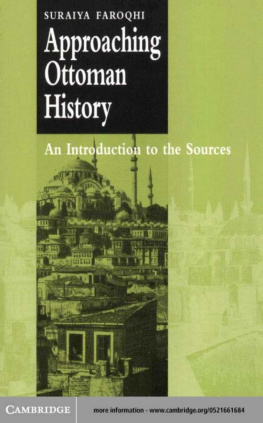

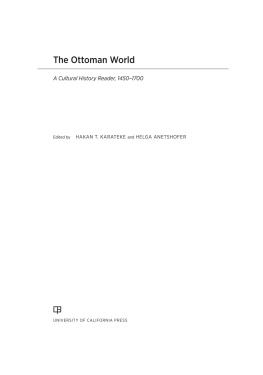
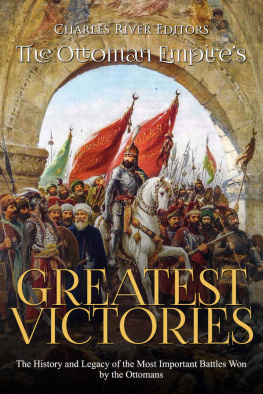
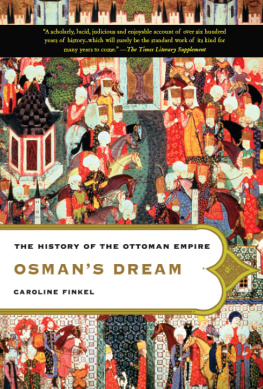


 Ottoman Cuisine A Rich Culinary Tradition M. mr Akkor
Ottoman Cuisine A Rich Culinary Tradition M. mr Akkor 
